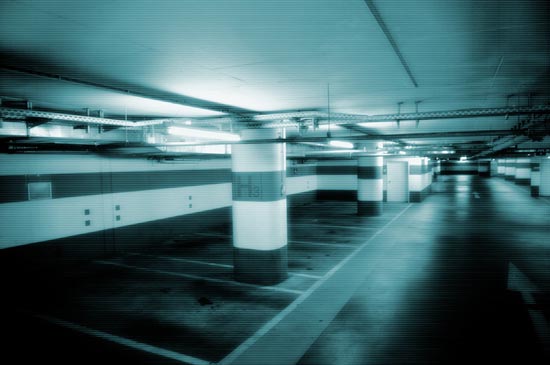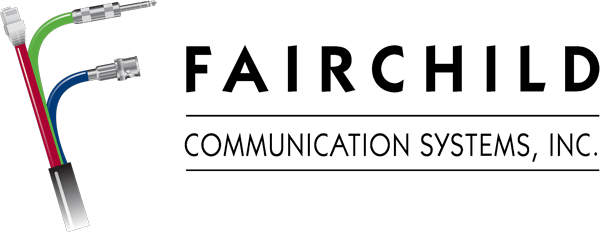
According to the U.S. Small Business Administration, a single incident of vandalism costs an average $3,370.
Imagine facing this nightmare scenario as a business owner:
Your building is broken into or vandalized during overnight hours. Your video surveillance system was doing its job and captured the incident — even getting a decent look at the perpetrator or their vehicle — but because of the cover of darkness, the camera’s image isn’t clear enough to effectively ID the suspect.
You thought you were protected and that the cameras you’ve had for years would help law enforcement identify criminals so your business could be made whole and seek justice against assailants in the event of burglary or damages. Unfortunately, sometimes these incidents only shed light on the fact that outdated cameras can’t capture high-quality images in low-light conditions.
The benefits video surveillance systems bring to your business — increasing safety while protecting the company, employees and customers from violence, burglary, theft or fraud — are lessened if security cameras don’t work as well in low-light situations.
At Fairchild Communication Systems, Inc., we’ve seen the security industry evolve and make significant strides throughout the past two decades. Image quality and the improved performance of low-light cameras is one aspect that has taken a sizable leap forward in just the past few years.
In earlier days of video surveillance, low-light video traditionally consisted of black-and-white or monochrome imaging from dual-sensor cameras whose technology has since been far surpassed. Thanks to higher frame rates, increased resolution and longer range, among other advancements, today’s state-of-the-art cameras are producing full-color images at light levels once thought impossible.
Enhancements to sensor technologies have been one of the largest factors in creating increased low-light performance — and making it more affordable and available at a range of price points. Processing chips continue to improve, as well, providing more power for cameras to run increasingly complicated algorithms that assist with low-light image processing.
All of these advancements have led to a shifted standard in the video surveillance marketplace. Where once grainy, flat black-and-white imagery was the norm for overnight and low-light video, now technology is widely available that dramatically increases video data and results in full-color imaging in almost complete darkness. Those colors become incredibly important when looking for details such as the hue of a getaway vehicle or a suspect’s clothing.
Back in our original overnight break-in or vandalism example, a facility equipped with cutting-edge low-light cameras could give law enforcement full-color images of the perpetrator or their vehicle to greatly assist in their investigation and increase the chances of justice being served.
The performance of low-light security cameras will only continue to improve into the future, too, with artificial intelligence technology likely playing an important role in that ongoing evolution. AI is already being used in improving video analytics and further enhancing low-light video is a next logical step for the technology.
At Fairchild, we partner with the security industry’s leading manufacturers for surveillance technologies and systems that can keep your business monitored and protected at any time of night and in any level of light. If you need to make upgrades to existing surveillance or install new equipment at your facility, reach out to our experts today. Let’s schedule a free on-site survey of your existing systems and we’ll show you how our state-of-the-art solutions can improve the safety and security of your space.

